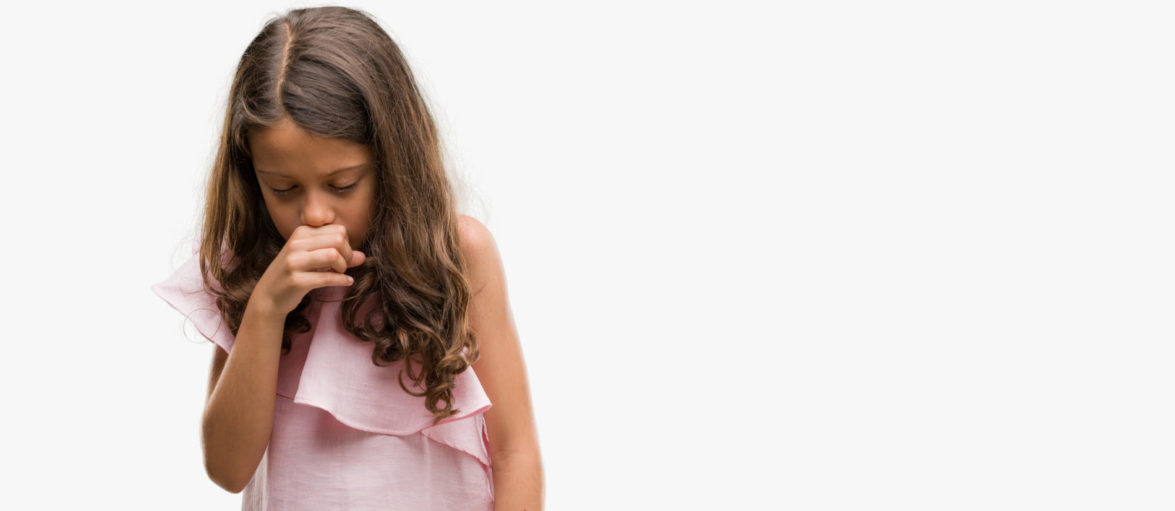Around the world, and even more so in climates such as California’s, wildfires are an unfortunate reality. Along with threatening human and animal lives and wreaking havoc on communities, fires spew high levels of particulate matter — inhalable pollution from sources including dirt, soot and smoke — into the air. Influxes in particulate matter can lead to respiratory irritation, even to the point of causing acute, severe illness requiring hospitalization.
When Sydney Leibel, MD, MPH, a pediatric allergist and immunologist at Rady Children’s Hospital-San Diego and an assistant professor of pediatrics at University of California San Diego School of Medicine, considered the intense and frequent wildfires California has seen over the past few years, he had two key questions in mind: how have these fires affected the health of pediatric patients living in fire zones, and how can the scientific and medical community advance awareness about preparing for future fires? Working with a multidisciplinary eight-person team from Rady Children’s, UC San Diego Scripps Institution of Oceanography and the San Diego Air Pollution Control District, Dr. Leibel launched a study to seek answers and enact change for a healthier San Diego community.
Dr. Leibel and colleagues including Margaret Nguyen, MD, an emergency medicine physician at Rady Children’s; Tarik Benmarhnia, PhD, climate change epidemiologist at SIO and UC San Diego School of Medicine; and Alexander Gershunov, PhD, a climate, atmospheric science and physical oceanography researcher at SIO, focused on measuring particulate matter levels from the December 2017 Lilac Fire and correlating them with respiratory care visits to Rady Children’s. “We compared emergency department and urgent care clinic visits during this time period to the same time period in 2011 through 2016 to determine how many visits could be attributed to the fire,” explains Dr. Leibel. “We used daily particulate matter data from the United States Environmental Protection Agency using 10, fixed-site monitoring stations throughout San Diego County. We then weighted these values based on monitor location to create ZIP code-specific concentrations of particulate matter.”
The team’s findings indicated that local fires had indeed affected emergent, respiratory-related visit numbers at Rady Children’s. “The Lilac Fire was responsible for 16 excess emergency visits per day of the fire, with similar results from the urgent care clinics. Although an increase in visits was seen in all age groups, the youngest children — newborns to 5-year-olds — had the highest number of visits, with 7.3 per day throughout the fire,” Dr. Leibel reports. With compelling statistics representing an issue that reaches well beyond California, the research group published their study in the December 2019 Annals of the American Thoracic Society in the hopes of helping pediatric and adult care teams across the nation and even around the world effectively prepare for managing respiratory health during fires.
“Climate modeling demonstrates that we will see larger and more frequent fires, including right here in San Diego. It is not a matter of if, but when. Our goal is to raise awareness that even a relatively small fire had a significant health impact not only on children living near the source, but downwind as well. Our data suggests that hospitals will need to be prepared for an influx of patients during these events, and that vulnerable populations like children will need protection from the harmful effects of wildfire smoke. In particular, children may need to limit outdoor activity or stay indoors altogether, and those with asthma will need to make sure they have their medication available.”
For more information on the study, visit the ATS website.
